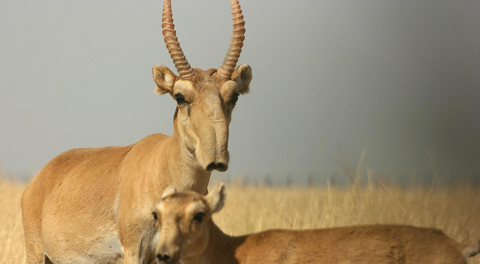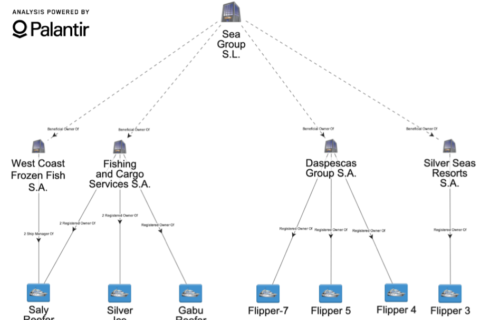Flying Under the Radar
Environmental crime is estimated to be worth between $91 and $251 billion, with wildlife crime making up $7 to $23 billion of the total, and is currently estimated to be growing at two to three times the speed of the global economy. Over the past few years, myriad studies and reports have examined the economic and environmental devastation wreaked by wildlife crime, as well as its intertwining links to transnational criminal networks. Few studies, however, have focused on the transport systems used by wildlife traffickers, despite the large benefits that traffickers have gained from the increasing interconnectedness of global infrastructure and transport systems. Flying Under the Radar examines wildlife trafficking through the air transport sector, and is designed to support law enforcement and the private sector’s efforts to stem the hidden flow of illegal wildlife through their jurisdictions and supply chains.
Executive Summary #
Environmental crime is estimated to be worth between $91 and 258 billion, with wildlife crime making up $7 to 23 billion of the total, and is currently estimated to be growing at two to three times the speed of the global economy. Over the past few years, myriad studies and reports have examined the economic and environmental devastation wreaked by wildlife crime, as well as its intertwining links to transnational criminal networks. Few studies, however, have focused on the transport systems used by wildlife traffickers, despite the large benefits that traffickers have gained from the increasing interconnectedness of global infrastructure and transport systems. Flying Under the Radar examines wildlife trafficking through the air transport sector, and is designed to support law enforcement and the private sector’s efforts to stem the hidden flow of illegal wildlife through their jurisdictions and supply chains.
Given the covert nature of illegal activity, wildlife traffickers’ past, current, and potential future moves must be assessed by obtaining and analyzing detailed wildlife seizure data. Where this data exists, however, it exists largely in partial and incomplete form, or held disparately and privately by various intergovernmental organizations and enforcement agencies. To mitigate this challenge, C4ADS’ analysts spent three months building a baseline of information by collecting and structuring open source seizure data for four categories of wildlife and wildlife products (ivory, rhino horn, live reptiles, and live birds). These categories were specifically chosen based on data availability and trafficking frequency, and collectively account for about66% of trafficked wildlife products, according to the United Nations Office on Drugs and Crime (UNODC). C4ADS analysts collected the majority of this data from country reporting and news media, as most seizure databases do not provide the requisite detail for inclusion in an assessment of air trafficking.
The use of seizure data, while currently the best method available for investigating trafficking activity of all types, can lead to a variety of mistaken conclusions. For instance, better public seizure reporting may create the appearance of a trafficking problem where none exists. Still, seizure data, taken together with the appropriate caveats, provides a good picture of overall trafficking activity, and can be used to direct future anti-trafficking efforts.
Wildlife trafficking is a global problem that takes advantage of enforcement loopholes, lack of awareness, limited public and private sector coordination, capacity gaps, and lagging technology and procedures to move illicit products through the licit transportation system. As international travel continues to exponentially increase, particularly in the air transport sector, enforcement and the private sector should make immediate changes to better stem the international flow of illicit wildlife. Without such changes, wildlife traffickers will continue to find the illegal wildlife trade a profitable, comparatively easy and low-risk enterprise, at substantial detriment to ecosystems, economies, and global security.
Flying Under the Radar is divided into three main sections:
- Trends and Totals examines the overall conclusions that can be drawn from the seizure data contained within the C4ADS Air Seizure Database, such as the changes in seizure sizes over time, a Country Enforcement Index for countries involved in twenty or more trafficking instances, and an analysis of the number of trafficking instances per country.
- Airports and Routes maps out the international and domestic transit routes that appear in our data, evaluates countries’ roles in different illicit wildlife supply chains, and assesses airport seizure numbers.
- Modus Operandi details the common methods used by traffickers, as well as methods that seem to be specific to one category of wildlife and wildlife products.





